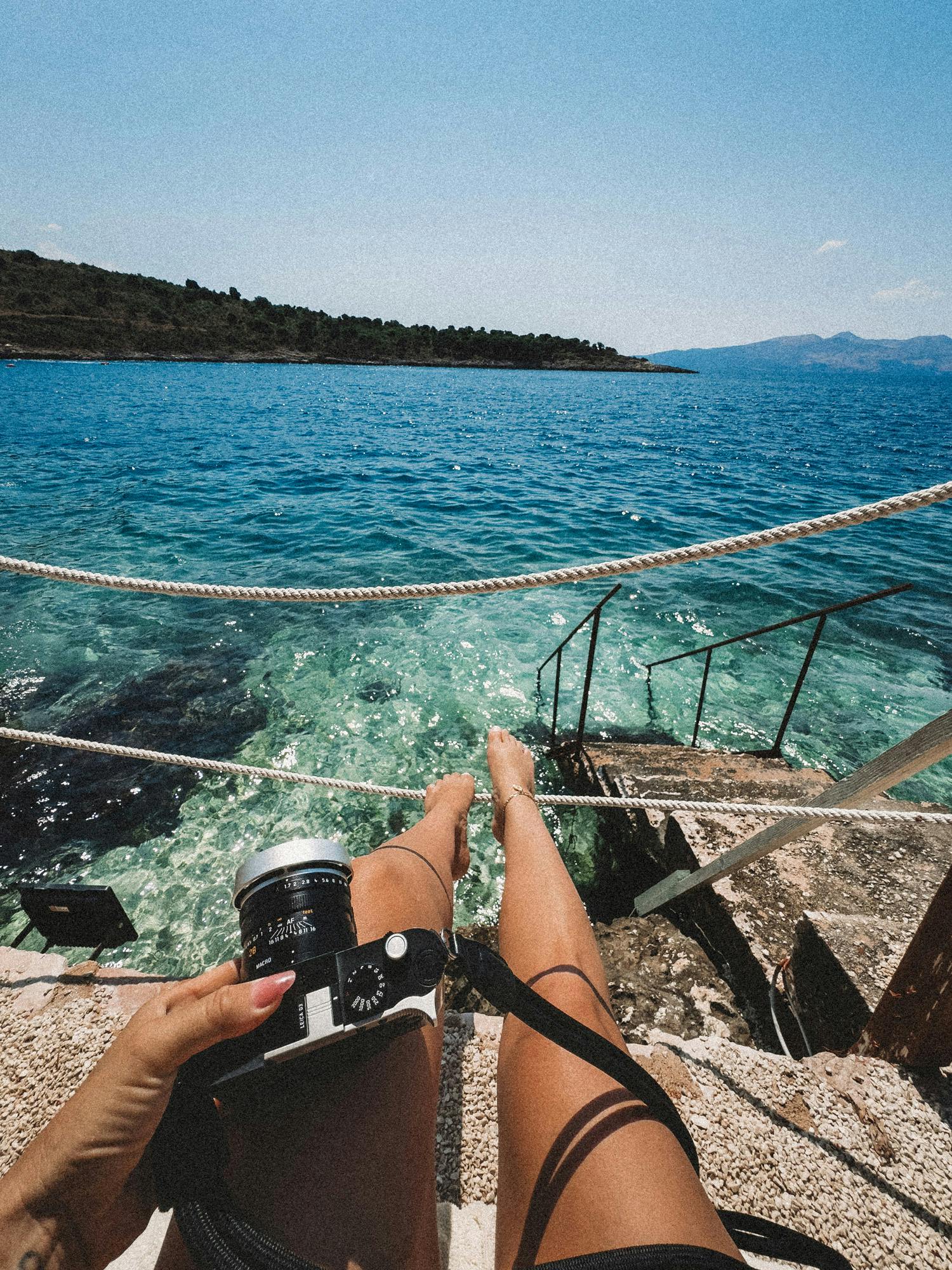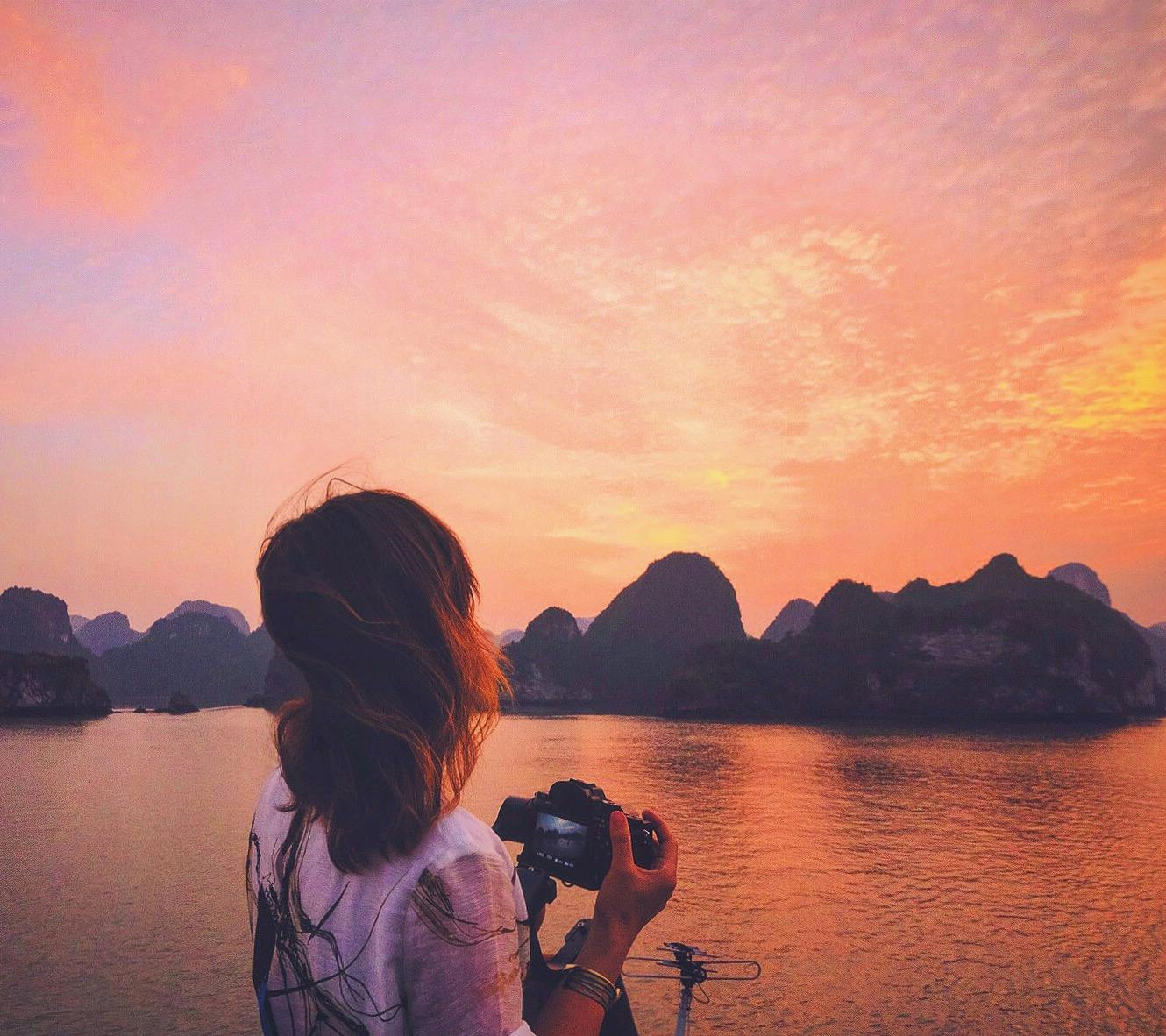How to Create, Film, and Edit Travel Videos That Tell Stories and Keep Viewers Watching

Creating travel videos that engage, inform, and retain viewers requires more than pointing a camera and capturing footage. Strong travel content emerges from deliberate planning, intentional filming, thoughtful audio capture, detail-driven storytelling, and disciplined editing, all supported by the right tools. Modern travel creators must balance mobility, technical quality, and narrative clarity to produce videos that not only attract viewers but hold their attention.
Plan Your Video Structure and Purpose Before Filming
Every impactful travel video begins with clarity about its purpose and audience. Define whether the goal is destination guidance, cultural documentation, personal storytelling, or thematic exploration. This decision informs narrative tone, shot selection, and the distribution strategy.
- Identify your target audience, including travel experience, demographics, and content preferences.
- Decide the primary platform or platforms, whether long form for YouTube or short form for Instagram and TikTok.
- Develop a preliminary shot list organized by location, time of day, and narrative function, including establishing shots, action sequences, and key details.
- Research environmental conditions, events, transit schedules, and local customs to anticipate challenges and avoid dead footage.
Mapping the video in advance provides cohesion, particularly when filming across multiple regions or tight schedules, and reduces time lost sifting through irrelevant clips during editing.
Choose Gear That Supports Mobility and Visual Storytelling
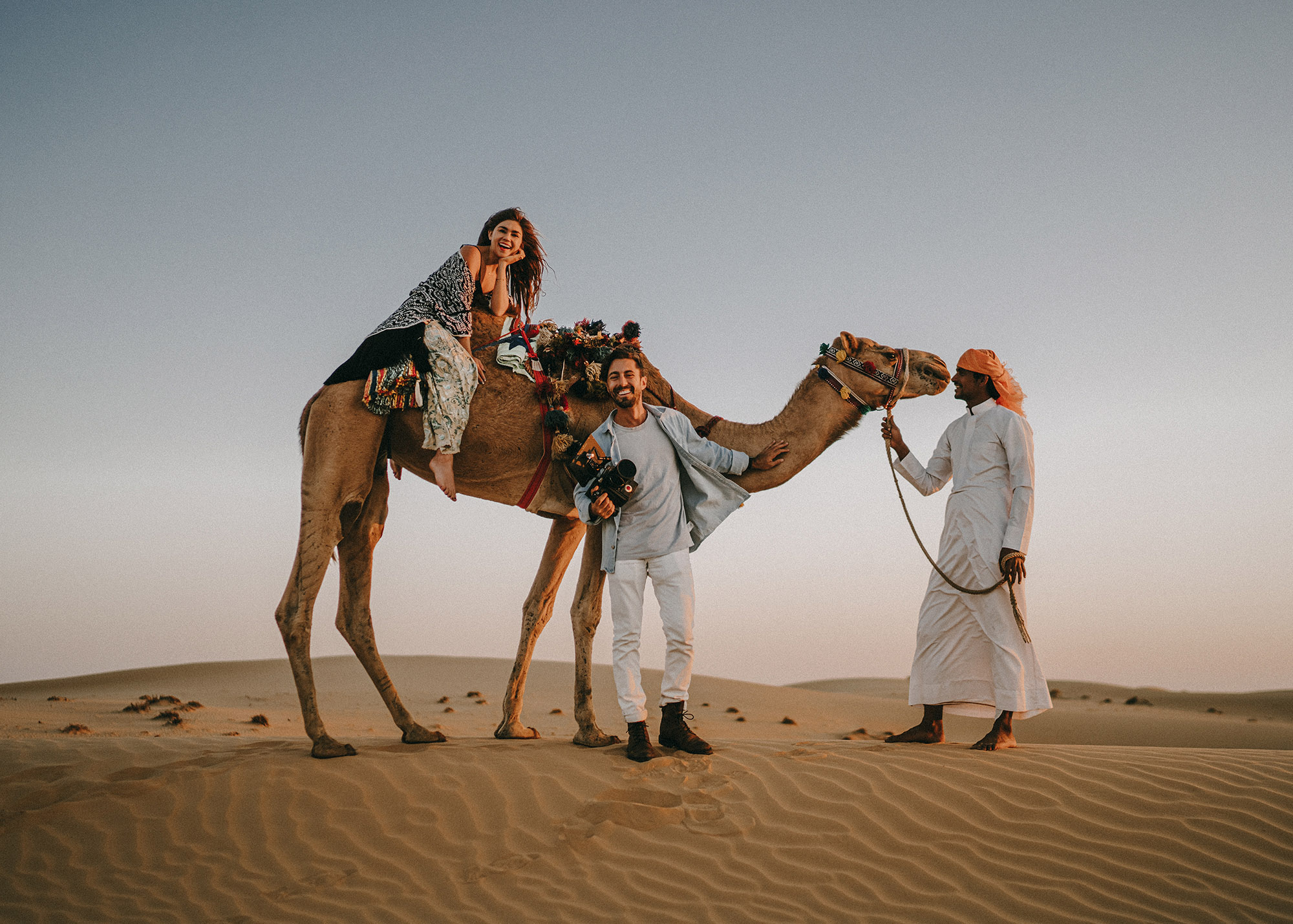
Equipment is a tool to serve the story rather than dictate it. Modern travel filmmaking prioritizes compact, versatile setups that allow creators to capture high-quality footage in varied environments without slowing movement or adding excessive load.
Core considerations for 2025 include:
- Mirrorless cameras with fast, reliable autofocus, high dynamic range, and stable 4K or 6K recording.
- Action cameras with 360-degree capture and advanced stabilization for immersive POV sequences.
- Smartphones with computational video optimization, especially for low-light or fast-moving scenes.
- Portable microphones such as small shotgun mics and lavaliers for clean audio outdoors.
- Lightweight tripods with fluid heads for smooth movement and variable ND filters for consistent exposure.
- Weather-resistant gear when shooting in humid, coastal, or alpine environments.
Selecting equipment based on anticipated challenges (low light, movement-heavy sequences, or interpersonal filming) ensures footage quality remains consistent, even under difficult conditions.A vlogging camera designed for travel makes it easier to capture steady footage, clear sound, and vivid details in changing light.
Film Footage With Intent and Narrative Awareness
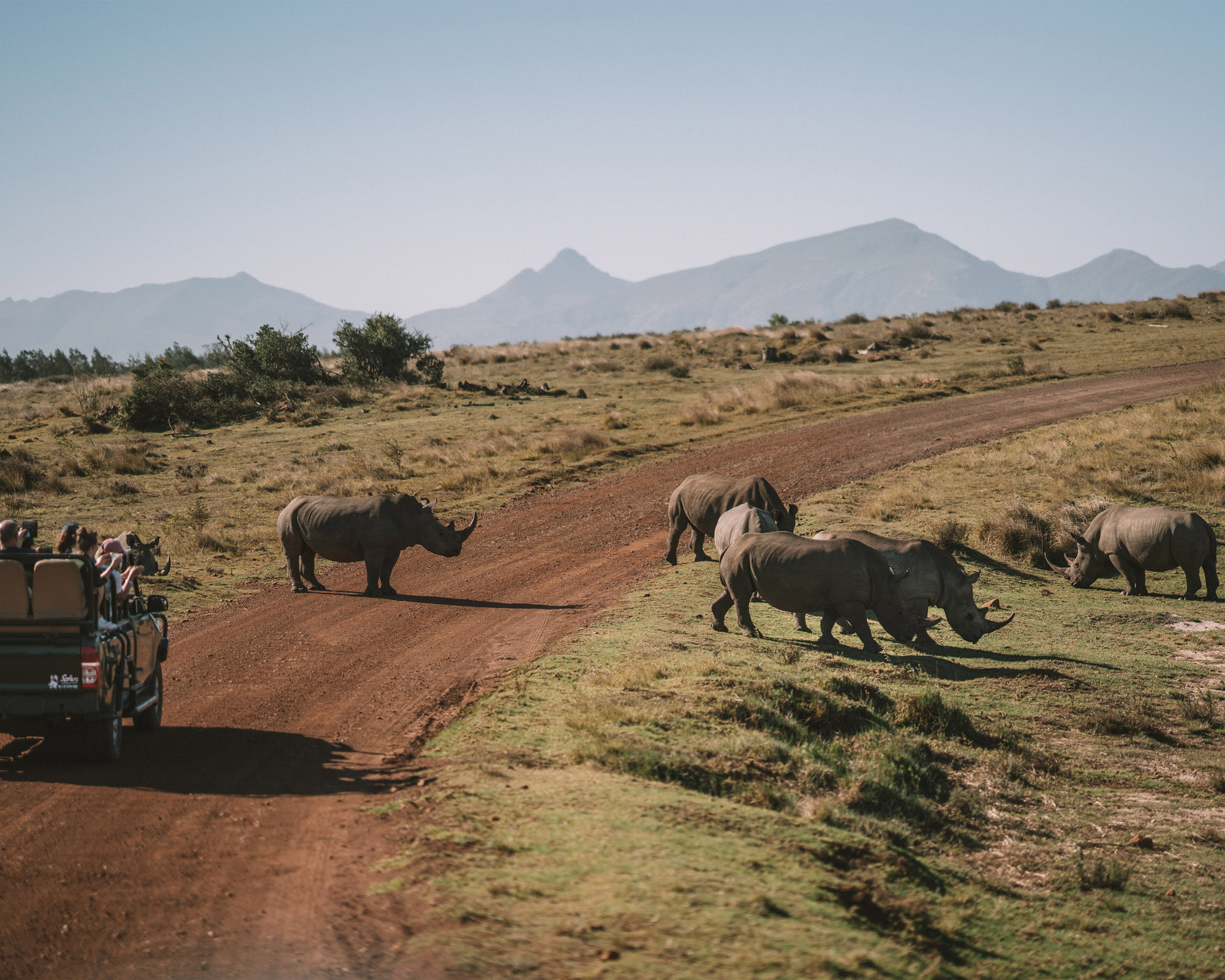
High-quality travel videos depend on deliberate filming techniques, and modern travel footage benefits from thoughtful composition, steady movement, and layered coverage with a narrative arc, rather than random shots.
- Shoot a variety of perspectives for each scene: wide establishing shots, medium action shots, and close-ups of textures or gestures.
- Maintain steady movement by controlling stride and body posture; use slow, intentional pans instead of abrupt motions.
- Record multiple takes of critical moments to allow flexibility in editing.
- Capture ambient sound at each location to enhance immersion and guide the edit rhythm.
Manual or semi-manual exposure settings help manage challenging lighting, while higher ISO and fast lenses improve low-light performance in neon districts, early morning landscapes, or night markets. Even with modern sensors, thoughtful technique produces cleaner, more dynamic footage.
Capture Meaningful Details That Ground Your Story
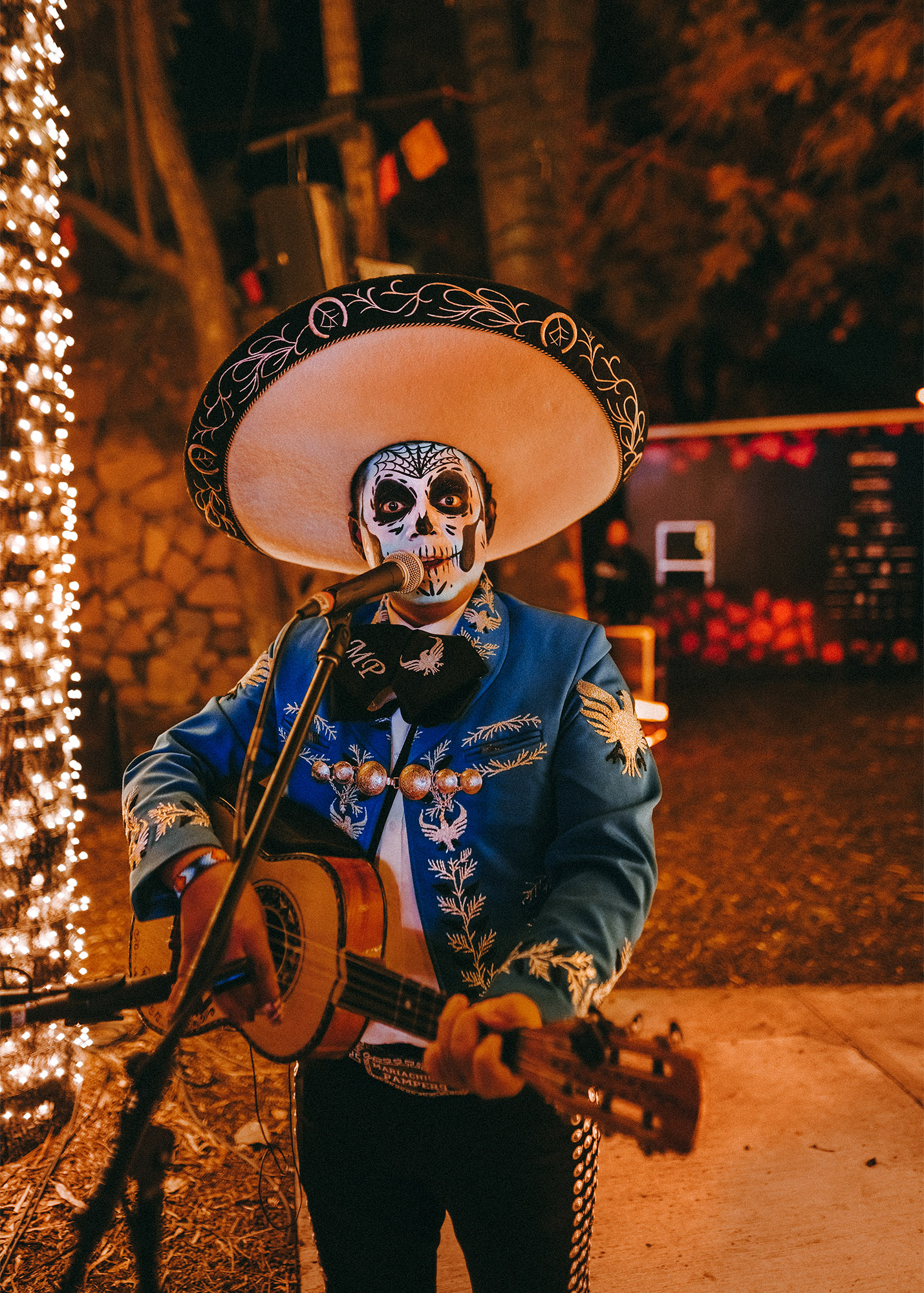
Audiences connect most deeply with sensory and human details. Close attention to micro-moments elevates storytelling by providing context and emotional resonance beyond general landscapes.
- Highlight local food preparation, ingredients, and culinary rituals.
- Document daily life routines such as markets, public transit, or neighborhood activity.
- Record natural textures and movement, including sand, water, stone, vegetation, and weather effects.
- Focus on architectural patterns, hands, gestures, and interactions that convey humanity.
Sequencing these details in the edit strengthens narrative flow and creates visual and emotional bridges between broader scenes, resulting in content that viewers remember and share.
Prioritize Audio for Immersive Experiences

Audio quality defines the viewer’s sense of space and realism. Clear, contextual sound elevates production value far more than additional visual effects.
- Use compact shotgun mics for general location audio.
- Attach lavaliers under clothing to capture dialogue or narration cleanly.
- Protect microphones against wind and environmental interference in coastal or alpine locations.
- Record short ambient beds at every major location to enrich transitions.
- Monitor audio levels and adjust gain proactively to prevent clipping.
Thoughtful audio capture allows viewers to feel present and strengthens engagement, even when the visuals are simple or handheld.
Edit With Narrative Focus and Platform Awareness
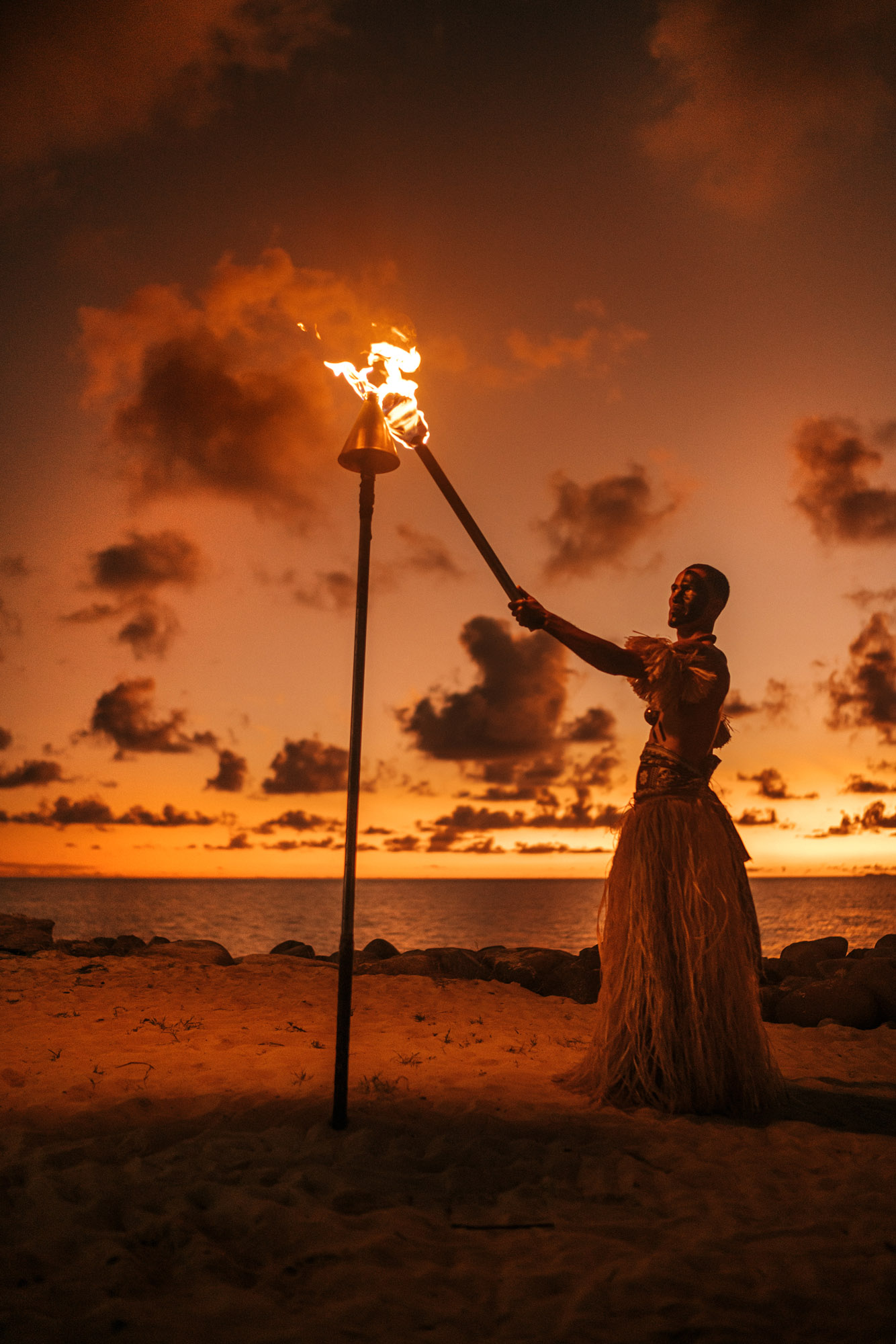
Editing transforms raw footage into a cohesive story. Modern travel videos succeed when the edit emphasizes clarity, rhythm, emotional pacing, and platform suitability.
- Organize clips according to narrative purpose rather than chronology.
- Blend wide establishing shots with close-up details to maintain visual interest.
- Use music strategically to enhance tone while preserving ambient sound.
- Incorporate concise on-screen text for context, locations, or key information.
- Tailor pacing and framing for platform: long-form videos benefit from chapters; short-form thrives on rapid, high-impact openings.
The editing stage shapes not only viewer experience but discoverability, ensuring your content appeals to both human and algorithmic audiences.
Optimize for Search and Platform Performance

Strong travel videos are discoverable through structured metadata, platform-specific formatting, and supporting content.
- Include primary keywords in titles, descriptions, and on-screen text that align with search intent.
- Use eye-catching thumbnails with clear focal points and readable text.
- Maintain consistent color grading and visual identity across uploads.
- Supplement videos with location notes, gear breakdowns, or behind-the-scenes clips.
- Publish according to audience behavior and platform norms to maximize reach.
This approach ensures your videos are both found and retained by viewers searching for relevant travel guidance, cultural insight, or experiential storytelling.
Maintain Presence and Ethical Storytelling
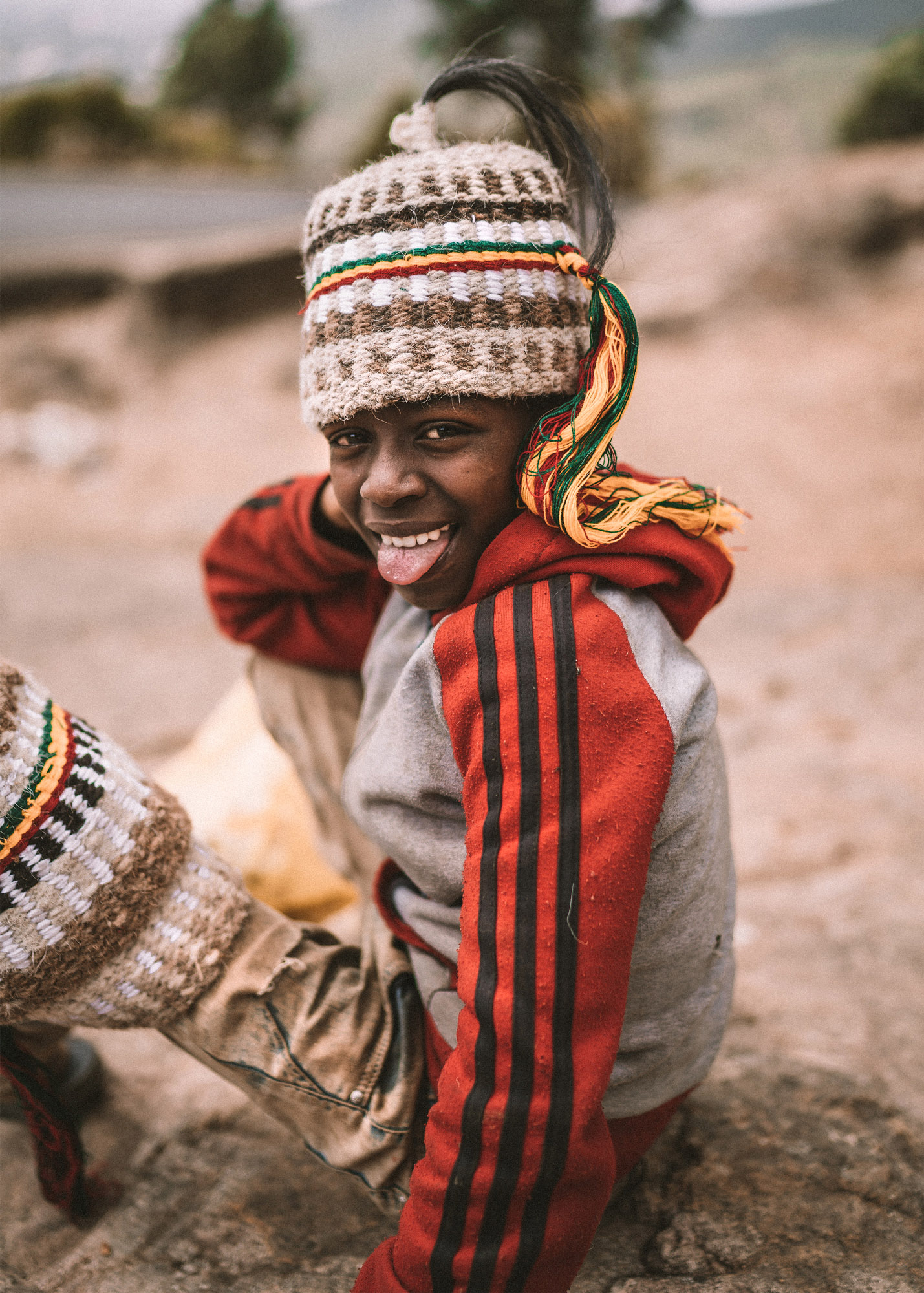
The strongest travel content emerges when creators balance documentation with lived experience. Presence enhances authenticity, shapes narrative judgment, and ensures ethical representation.
- Observe and record meaningful moments without over-reliance on equipment.
- Respect consent, credit local collaborators, and avoid exploitative framing.
- Provide factual context for sensitive topics and avoid unverifiable claims.
- Support sustainable practices and local businesses whenever possible.
Authentic engagement, combined with ethical practices, produces stories that resonate with viewers and preserve the integrity of the experience.


